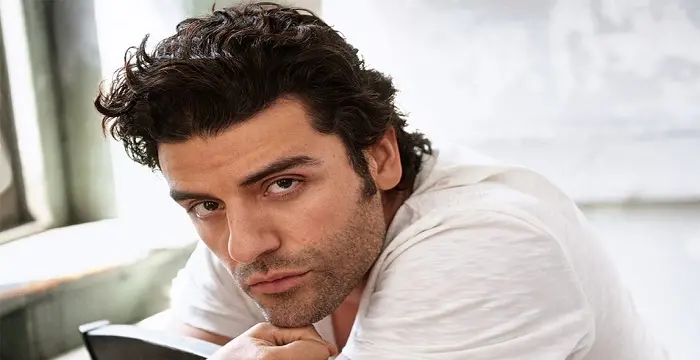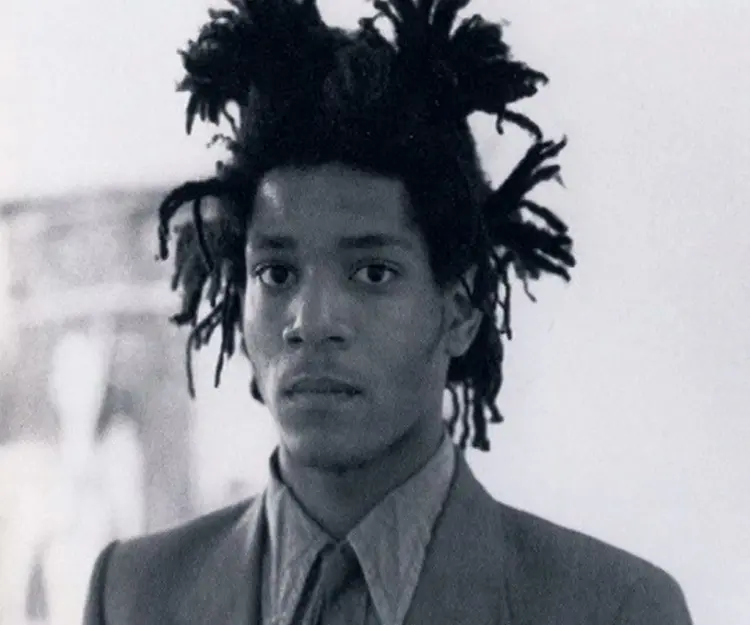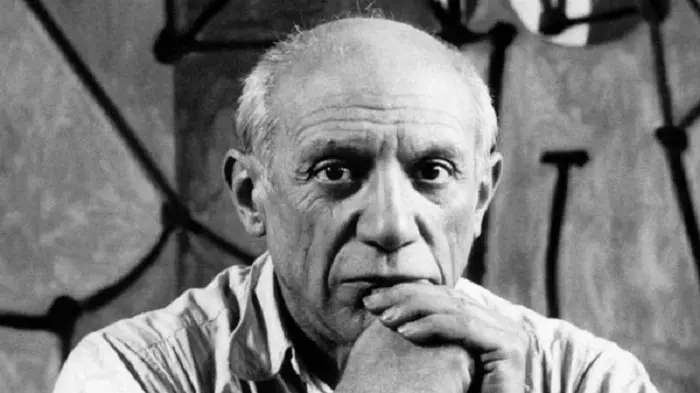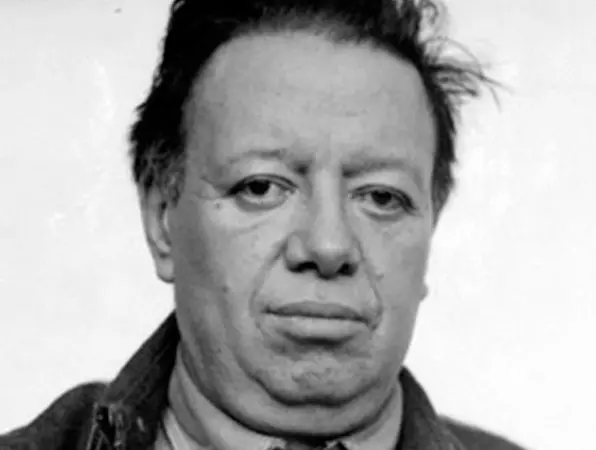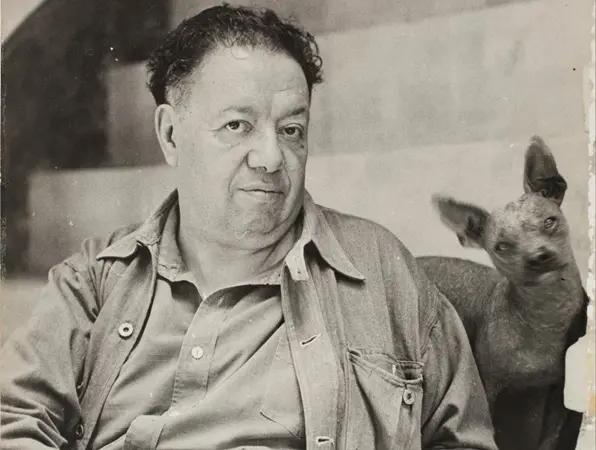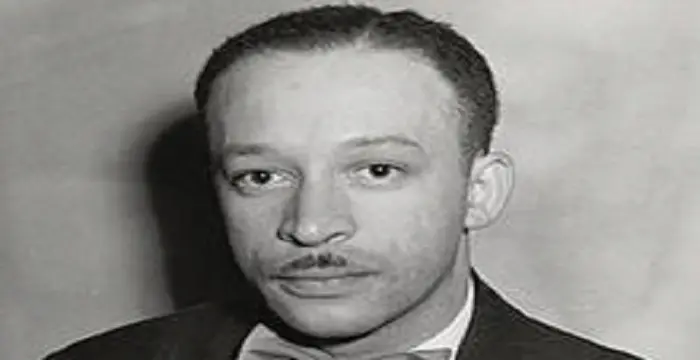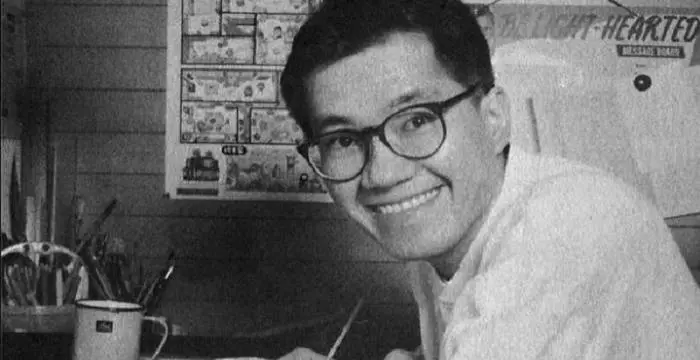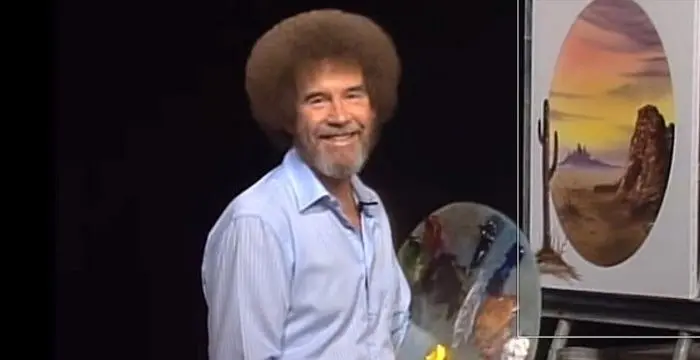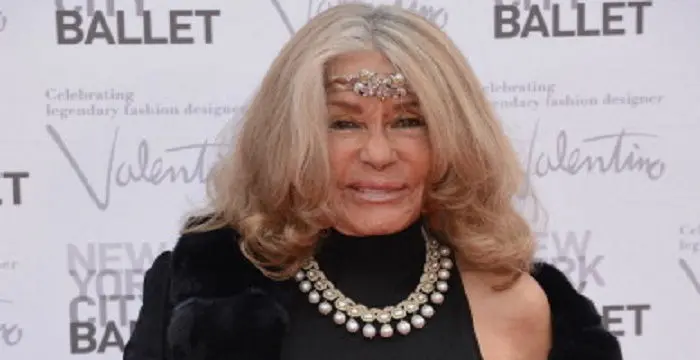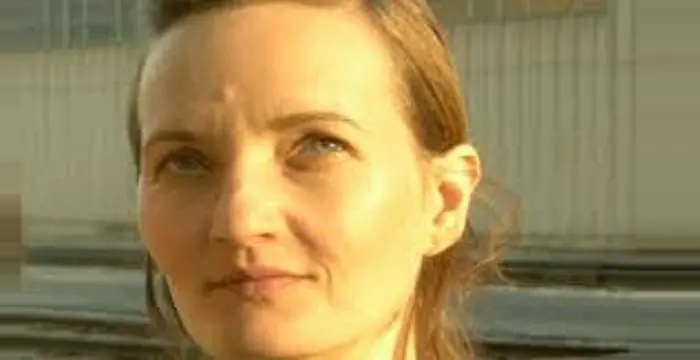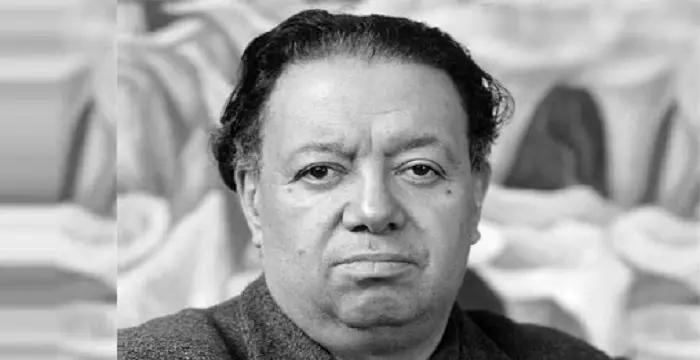
Diego Rivera - Hispanic Men, Facts and Childhood
Diego Rivera's Personal Details
Diego Rivera was a twentieth century Mexican muralist and painter.
| Information | Detail |
|---|---|
| Birthday | December 8, 1886 |
| Died on | November 24, 1957 |
| Nationality | Mexican |
| Famous | Atheists, Hispanic Painters, Artists & Painters, Artists, Hispanic Men, Muralist |
| Spouses | Frida Kahlo |
| Siblings | Carlos |
| Known as | Diego María de la Concepción Juan Nepomuceno Estanislao de la Rivera y Barrientos Acosta y Rodríguez |
| Childrens | Diego, Guadalupe, Marika, Ruth |
| Universities |
|
| Birth Place | Guanajuato, Mexico |
| Gender | Male |
| Father | Diego Rivera Barrientos |
| Mother | Maria Barrientos |
| Sun Sign | Sagittarius |
| Born in | Guanajuato, Mexico |
| Famous as | Painter, Muralist |
| Died at Age | 70 |
// Famous Hispanic Men
Oscar Isaac
Oscar Isaac is a Guatemalan-American actor and a musician. Check out this biography to know about his childhood, family life, achievements and other facts about his life.
Jean-Michel Basquiat
Jean-Michel Basquiat was an American graffiti artist who was one of the leading lights of the neo expressionist era in the 1980s. Check out this biography to know about his childhood, life, achievements, works & timeline.
Pablo Picasso
Pablo Picasso was one of the greatest painters of the 20th century. With this biography, explore his life, childhood, profile and timeline.
Diego Rivera's photo
Who is Diego Rivera?
Diego Rivera was a twentieth century Mexican muralist and painter. His full name was Diego María de la Concepción Juan Nepomuceno Estanislao de la Rivera y Barrientos Acosta y Rodrígue. Although his parents were catholic he himself was a proclaimed atheist and had a Jewish streak in his personality. May be that is because his family was said to be converse. His passion for art was evident from an early age. Although his father wanted him to pursue a military career but by the age of ten he knew he wanted to study art and trained himself accordingly. He first tried his hand in cubism, but later shifted to post impressionism. Ultimately, he created a style of his own. In fact, his art was a reflection of the lives of the working class. The culture of the native people of Mexico is also reflected in his works. As far as his art was concerned, he was not ready to compromise, even if it meant losing a commission. May be because of the same reason none of his marriages lasted long.
// Famous Muralist
Charles Alston
Charles Henry Alston was a reputed African American painter, sculptor, and an illustrator born in the early 20th century. Check out this biography to know about his childhood, family life, achievements and other facts related to his life.
Childhood & Early Years
Diego Rivera was born on December 8, 1886 in Guanajuato, Mexico. His father Diego Rivera Acosta was of European descent while his mother María del Pilar Barrientos was part European and part Indian. Both of them were teachers. He had a twin brother named Carlos, who died in infancy.
From the age of three, he started drawing on the walls of his home. His parents encouraged this by setting up a separate room for him to pursue his artistic ventures. They also put up canvasses on the walls of other rooms.
When Diego was six years old, the family moved to Mexico City. Diego was initially enrolled at Carpantier Catholic College. Later, he was enrolled at Academy of San Carlos at the age of twelve.
Here, his training was modeled on Classical European art. He learnt the traditional techniques in colors and perspective under various masters. Among them was Gerardo Murillo, known for his defense of indigenous art and culture. Diego was highly influenced by him.
In 1906, Murielle helped Diego to get a travel grant. With that he went straight to Europe and arrived in Spain in 1907. There he studied art with Eduardo Chicharro, one of the greatest painters of that era and through him he was introduced to many eminent personalities.
In Paris
In 1909, Diego Rivera shifted his base to Paris and started his career in painting. He lived and worked in the La Ruche in the Montparnasse district. It was a residence for the struggling artists. Here Rivera had the chance to befriend many artists, who became internationally famous in the later years.
At that time, cubism had just been introduced in Paris. Eminent painters like Pablo Picasso and Georges Braque were using this art form to produce masterpieces. Rivera too embraced it quite enthusiastically.
However, by 1917, he came under the influence of Paul Cézanne and shifted to post impressionism; whose main features were simple forms and vivid colors. Very soon, his works began to attract the attention of the art lovers and he started holding exhibitions of his paintings at different places.
Back in Mexico
In 1920, Rivera visited Italy. Here he was greatly impressed by frescos painted by eminent artists during the Renaissance. At the same time, political events such as the Mexican and Russian revolutions also influenced his thought process to a large extent. He now wanted his works to reflect the aspirations of the people and also the culture of his homeland.
In 1921, he left for Mexico on the invitation of José Vasconcelos, an influential philosopher, writer and politician of that era. Here he was funded by the government to create murals at public places on the history and culture of Mexico.
These murals were not only aesthetic in appeal, but they also served a larger purpose. At that time, a large percentage of the Mexican population was illiterate and unaware of their country’s heritage. It was hoped that these paintings would help to enlighten them about their country’s history and culture.
In January 1922, Rivera completed his first important mural ‘Creation’ on the walls of the Bolivar Auditorium of the Escuela Nacional Preparatoria. Here he used encaustic techniques, which requires color to be added to heated wax and the picture is finally drawn with the paste so formed.
However, most of Rivera’s murals were created in fresco. In this method, paintings are done on wet lime plasters and when the lime dries up, the painting becomes a part and parcel of the wall. Very soon Rivera developed a style of its own; the figures were large and simplified; colors were vivid.
From 1922 to 1928, Rivera created more than one hundred frescos. Aztec influence was evident in many of them. Others, like the steles of the Mayan tribe, were narrative in character. Slowly and gradually, his name spread to other parts of the world.
He received invitation to visit Moscow and was commissioned to create a mural on the Red Army Club in Moscow. However, it did not really work out. In December 1929, the American Ambassador to Mexico commissioned Rivera to paint murals in the Palace of Cortés in Cuernavaca. He readily agreed.
Next in 1930, Rivera went to San Francisco and painted a mural for the Stock Exchange City Club and received a remuneration of US$ 25000. He also did a fresco work for the California School of Arts. Then from 1932 to 1933, he created twenty-seven fresco panels on the walls of the Detroit Institute of Arts and named them ‘Detroit Industry’.
Meanwhile, he was invited by the Rockefeller family to create a mural at the Rockefeller Center in New York. He started working on this in 1933. Named ‘Man at the Crossroad’, it created furor because it contained a portrait of Vladimir Lenin. Since Rivera refused to remove it he was asked to leave and his commission to paint at Chicago World Fair was cancelled.
In 1934, Rivera recreated ‘Man at the Crossroad’ in the Palacio de Bellas Artes in Mexico City. However, after this he did not receive any major commission for a long time. He therefore, concentrated on paintings. Finally, on June 5, 1940, he was invited by Pflueger to paint a ten-panel mural for the Golden Gate International Exposition in San Francisco.
Rivera accepted the commission and painted ‘Pan American Unity’ while the expo was running. This made him the biggest draw of the show. The mural was finally completed on November 29, 1940. As remuneration, Rivera received US$1,000 per month and the same amount as travel expense.
From 1945 to 1951, Rivera worked on a series of murals in Mexico City. Titled ‘The Pre-Hispanic Civilization to the Conquest’ it was one of his last major works. His last mural on this series was ‘Popular History of Mexico’.
Major Works
’The Detroit Industries’ is one of Rivera’s most important works. On two of its main panels Rivera has depicted laborers working at the River Rouge Plant of the Ford Motor Company. Other panels depicted advances in various other scientific fields. However, all of them together portrayed the unity between different actions and ideas.
’Unión de la Expresión Artistica del Norte y Sur de este Continente’ or ‘The Marriage of the Artistic Expression of the North and of the South on this Continent’ is another of his important work. It is more popularly known as the ‘Pan American Unity’. Through these paintings Rivera had tried to depict the union of US technology with Mexico’s ancient civilization.
Personal Life & Legacy
Diego Rivera married Angelina Beloff in the end of 1909. Their marriage was not a happy one and Rivera was not at all a loyal husband. The couple had one child named Diego, who died early out of lung complication. Rivera went back to Mexico in 1921 and their marriage was annulled soon after.
While he was still married to Beloff, Diego had a relationship with cubist painter Marie Bronislava Vorobieff-Stebelska. Their daughter Marika was born on November 13, 1919.
In June 1922, Rivera married model and novelist Guadalupe Marín. By her, Rivera had two daughters; Ruth and Guadalupe Rivera. However, this marriage did not last either.
Diego Rivera married painter Magdalena Carmen Frieda Kahlo y Calderón, later known as Frieda Kahlo de Rivera, on August 21, 1929. Since both of them had violent tempers and numerous extramarital relationships; the marriage failed to work. They divorced in November, 1939 but remarried the very next year in December 1940 and stayed married until her death on July 13, 1954.
One year after the death of Kahlo, Rivera married his agent Emma Hurtado on July 29, 1955. However, he did not live long after this marriage. Most probably he was suffering from cancer and the doctors could not do anything about it. He finally died of heart failure on November 24, 1957 in Mexico City.
Rivera is remembered even today as one of the greatest artists the world has ever known. His childhood home has been turned into a museum. His works are now being preserved in different museums across the continent.
Barbara Kingsolver's novel, ’The Lacuna’ centers around the life of Rivera and his friends Leo Tolstoy and Frida. Besides, films like ‘Cradle Will Rock’ and ‘Frida’ also pay tribute to the great muralist.
// Famous Artists
Susan Mikula
Susan Mikula is an American artist and photographer. Check out this biography to know about her childhood, family life, achievements and fun factsabout her life.
Akira Toriyama
Akira Toriyama is a Japanese manga artist. This biography profiles his childhood, family, personal life, achievements, etc.
Bob Ross
Bob Ross was a celebrated, creative American painter and an art instructor. Check out this biography to know about his birthday, childhood, family life, achievements and fun facts about him.
Diego Rivera biography timelines
- // 8th Dec 1886Diego Rivera was born on December 8, 1886 in Guanajuato, Mexico. His father Diego Rivera Acosta was of European descent while his mother María del Pilar Barrientos was part European and part Indian. Both of them were teachers. He had a twin brother named Carlos, who died in infancy.
- // 1906 To 1907In 1906, Murielle helped Diego to get a travel grant. With that he went straight to Europe and arrived in Spain in 1907. There he studied art with Eduardo Chicharro, one of the greatest painters of that era and through him he was introduced to many eminent personalities.
- // 1909In 1909, Diego Rivera shifted his base to Paris and started his career in painting. He lived and worked in the La Ruche in the Montparnasse district. It was a residence for the struggling artists. Here Rivera had the chance to befriend many artists, who became internationally famous in the later years.
- // 1909 To 1921Diego Rivera married Angelina Beloff in the end of 1909. Their marriage was not a happy one and Rivera was not at all a loyal husband. The couple had one child named Diego, who died early out of lung complication. Rivera went back to Mexico in 1921 and their marriage was annulled soon after.
- // 1917However, by 1917, he came under the influence of Paul Cézanne and shifted to post impressionism; whose main features were simple forms and vivid colors. Very soon, his works began to attract the attention of the art lovers and he started holding exhibitions of his paintings at different places.
- // 13th Nov 1919While he was still married to Beloff, Diego had a relationship with cubist painter Marie Bronislava Vorobieff-Stebelska. Their daughter Marika was born on November 13, 1919.
- // 1920In 1920, Rivera visited Italy. Here he was greatly impressed by frescos painted by eminent artists during the Renaissance. At the same time, political events such as the Mexican and Russian revolutions also influenced his thought process to a large extent. He now wanted his works to reflect the aspirations of the people and also the culture of his homeland.
- // 1921In 1921, he left for Mexico on the invitation of José Vasconcelos, an influential philosopher, writer and politician of that era. Here he was funded by the government to create murals at public places on the history and culture of Mexico.
- // 1922 To 1928From 1922 to 1928, Rivera created more than one hundred frescos. Aztec influence was evident in many of them. Others, like the steles of the Mayan tribe, were narrative in character. Slowly and gradually, his name spread to other parts of the world.
- // Jan 1922In January 1922, Rivera completed his first important mural ‘Creation’ on the walls of the Bolivar Auditorium of the Escuela Nacional Preparatoria. Here he used encaustic techniques, which requires color to be added to heated wax and the picture is finally drawn with the paste so formed.
- // Jun 1922In June 1922, Rivera married model and novelist Guadalupe Marín. By her, Rivera had two daughters; Ruth and Guadalupe Rivera. However, this marriage did not last either.
- // Dec 1929He received invitation to visit Moscow and was commissioned to create a mural on the Red Army Club in Moscow. However, it did not really work out. In December 1929, the American Ambassador to Mexico commissioned Rivera to paint murals in the Palace of Cortés in Cuernavaca. He readily agreed.
- // 1933Meanwhile, he was invited by the Rockefeller family to create a mural at the Rockefeller Center in New York. He started working on this in 1933. Named ‘Man at the Crossroad’, it created furor because it contained a portrait of Vladimir Lenin. Since Rivera refused to remove it he was asked to leave and his commission to paint at Chicago World Fair was cancelled.
- // 1934 To 5th Jun 1940In 1934, Rivera recreated ‘Man at the Crossroad’ in the Palacio de Bellas Artes in Mexico City. However, after this he did not receive any major commission for a long time. He therefore, concentrated on paintings. Finally, on June 5, 1940, he was invited by Pflueger to paint a ten-panel mural for the Golden Gate International Exposition in San Francisco.
- // 29th Nov 1940Rivera accepted the commission and painted ‘Pan American Unity’ while the expo was running. This made him the biggest draw of the show. The mural was finally completed on November 29, 1940. As remuneration, Rivera received US$1,000 per month and the same amount as travel expense.
- // 1945 To 1951From 1945 to 1951, Rivera worked on a series of murals in Mexico City. Titled ‘The Pre-Hispanic Civilization to the Conquest’ it was one of his last major works. His last mural on this series was ‘Popular History of Mexico’.
- // 29th Jul 1955 To 24th Nov 1957One year after the death of Kahlo, Rivera married his agent Emma Hurtado on July 29, 1955. However, he did not live long after this marriage. Most probably he was suffering from cancer and the doctors could not do anything about it. He finally died of heart failure on November 24, 1957 in Mexico City.
// Famous Artists & Painters
Micheline Roquebrune
Micheline Roquebrune is a petite Moroccan-French painter best known as the third wife the legendary Scottish actor Sir Sean Connery. Check out this biography to know about her birthday, childhood, family life, achievements and fun facts about her.
Yvonne McGuinness
Yvonne McGuinness is an Irish multimedia artist. This biography profiles her childhood, family, personal life, career, etc.
Akira Toriyama
Akira Toriyama is a Japanese manga artist. This biography profiles his childhood, family, personal life, achievements, etc.
Bob Ross
Bob Ross was a celebrated, creative American painter and an art instructor. Check out this biography to know about his birthday, childhood, family life, achievements and fun facts about him.
Pablo Picasso
Pablo Picasso was one of the greatest painters of the 20th century. With this biography, explore his life, childhood, profile and timeline.
Johannes Vermeer
Johannes Vermeer was a famous Dutch Baroque painter of the seventeenth century. This biography provides detailed information about his childhood, profile, career and timeline
Diego Rivera's FAQ
What is Diego Rivera birthday?
Diego Rivera was born at 1886-12-08
When was Diego Rivera died?
Diego Rivera was died at 1957-11-24
Where was Diego Rivera died?
Diego Rivera was died in Mexico City, Mexico
Which age was Diego Rivera died?
Diego Rivera was died at age 70
Where is Diego Rivera's birth place?
Diego Rivera was born in Guanajuato, Mexico
What is Diego Rivera nationalities?
Diego Rivera's nationalities is Mexican
Who is Diego Rivera spouses?
Diego Rivera's spouses is Frida Kahlo
Who is Diego Rivera siblings?
Diego Rivera's siblings is Carlos
Who is Diego Rivera childrens?
Diego Rivera's childrens is Diego, Guadalupe, Marika, Ruth
What was Diego Rivera universities?
Diego Rivera studied at Academy of San Carlos
Who is Diego Rivera's father?
Diego Rivera's father is Diego Rivera Barrientos
Who is Diego Rivera's mother?
Diego Rivera's mother is Maria Barrientos
What is Diego Rivera's sun sign?
Diego Rivera is Sagittarius
How famous is Diego Rivera?
Diego Rivera is famouse as Painter, Muralist
